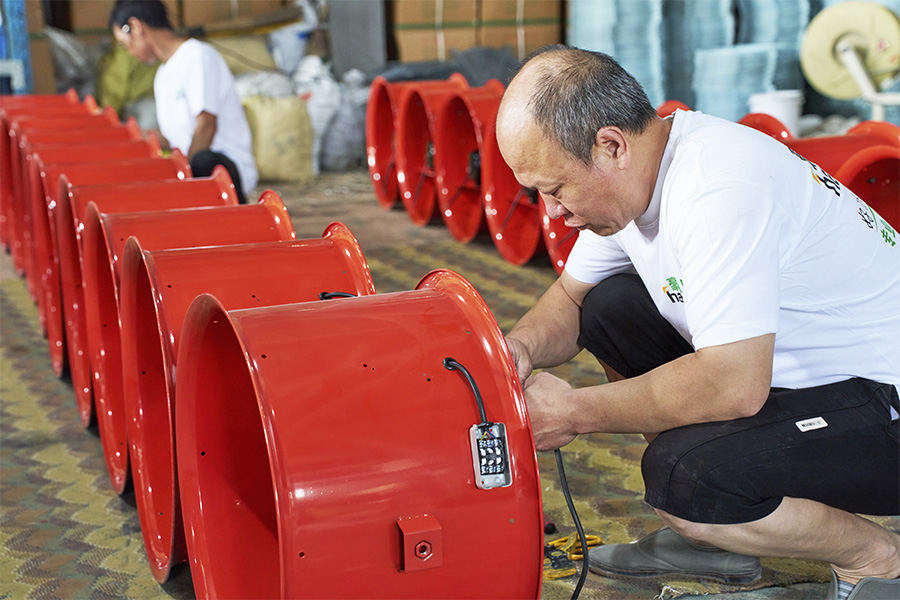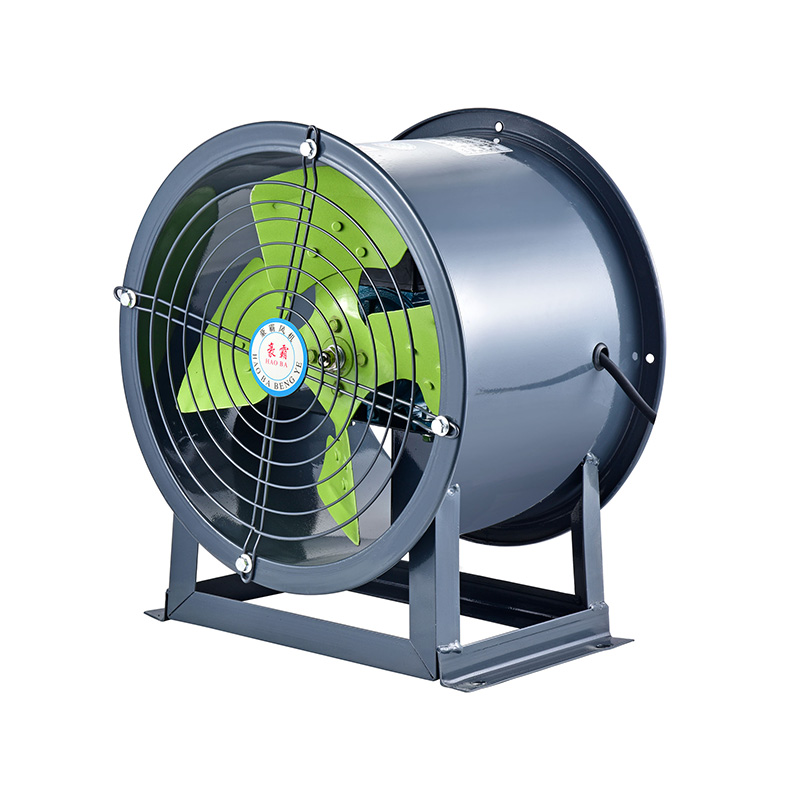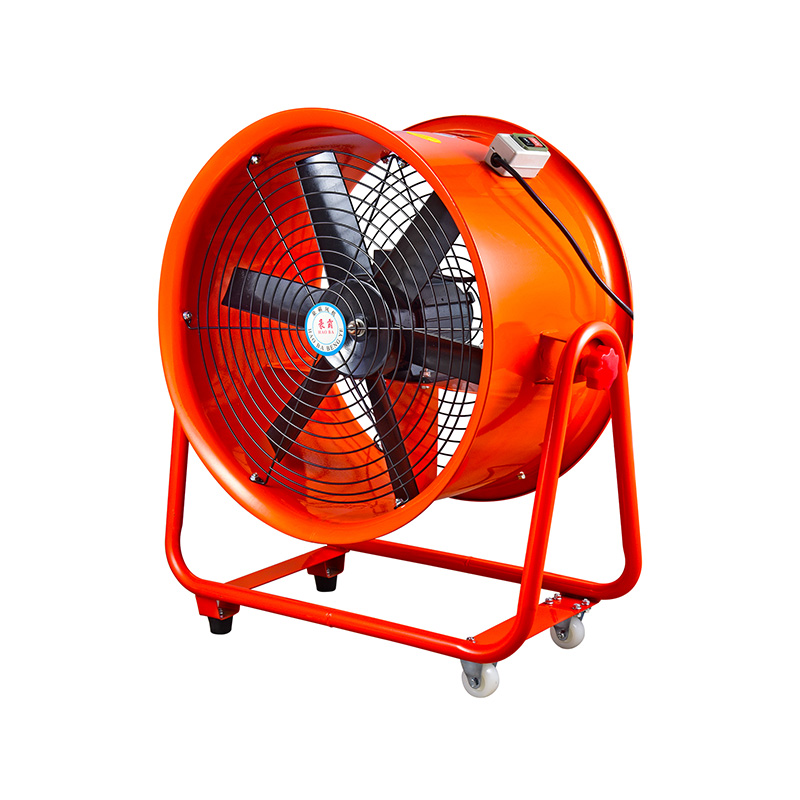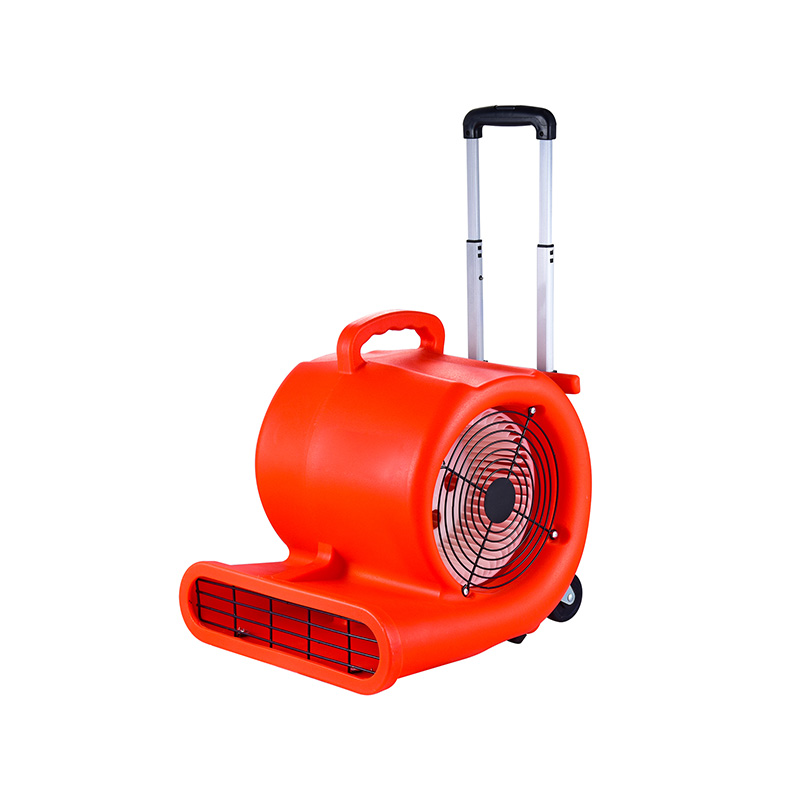Understanding Centrifugal Fan Types: Radial vs. Axial
2025-09-12
When considering ventilation solutions for industrial or commercial applications, selecting the right type of fan is critical. At Haoba Electromechanical Co., Ltd., a professional Centrifugal Fan Factory, we manufacture a wide range of fans to meet diverse airflow requirements. Whether you are looking for a high-pressure centrifugal fan or a bulk supply through our Wholesale Centrifugal Fan options, understanding the differences between radial (centrifugal) and axial fans can help you make an informed choice.

- What Are Radial (Centrifugal) Fans?
Radial fans, commonly known as centrifugal fans, operate by drawing air into the center of the impeller and pushing it outwards at a 90-degree angle. This design allows them to generate higher static pressure, making them suitable for applications with significant resistance, such as ducted systems, industrial processes, or dust and fume extraction.
Key Characteristics of Radial Fans:
High Static Pressure: Radial fans maintain airflow even against resistance, which is essential in ductwork and filtration systems.
Durability: Constructed with robust materials, radial fans can handle particulate-laden air and harsh environments.
Versatility: Available in forward-curved, backward-curved, and radial blade designs, radial fans can be tailored to different operational needs.
At Haoba, our radial fans are engineered to combine efficiency and reliability, ensuring that whether you order a single fan or a batch through our Wholesale Centrifugal Fan program, performance remains consistent across units.
- Understanding Axial Fans
Axial fans move air parallel to the fan's axis. Unlike radial fans, they generate lower pressure but higher volume airflow, making them ideal for applications such as large-area ventilation, cooling towers, and exhaust systems where high airflow is more important than high pressure.
Key Characteristics of Axial Fans:
High Airflow: Capable of moving large volumes of air efficiently, suitable for open spaces or processes requiring constant air exchange.
Energy Efficiency: Typically consumes less power for the same airflow compared to centrifugal fans at low-pressure conditions.
Compact Design: Axial fans are usually lighter and easier to install in tight spaces or as part of modular ventilation systems.
Haoba’s axial fans are crafted with precision to meet industrial standards, ensuring reliable operation and longevity.
- Radial vs. Axial: A Comparative Overview
| Feature | Radial (Centrifugal) Fans | Axial Fans |
|---|---|---|
| Airflow Direction | 90-degree (perpendicular to intake) | Parallel to intake |
| Static Pressure | High | Low to moderate |
| Air Volume | Moderate to high | High |
| Noise Level | Moderate | Typically lower at same flow |
| Common Applications | Dust collection, fume extraction, HVAC | Large space ventilation, cooling, exhaust |
This comparison highlights why understanding your system requirements is crucial before making a purchase. High-pressure applications often require radial fans, whereas large-area ventilation can benefit from axial fans.
- Selecting the Right Fan for Your Needs
Now that you understand the basic differences, it’s important to evaluate your airflow requirements, space limitations, and pressure conditions. Consulting a professional Centrifugal Fan Factory like Haoba can ensure you select a fan that balances efficiency, noise, and longevity. For businesses seeking multiple units, our Wholesale Centrifugal Fan services provide consistent quality, bulk ordering options, and reliable delivery schedules.
- Why Choose Haoba Fans
Haoba Electromechanical Co., Ltd. combines advanced manufacturing technology, CAD-aided design, and a strong engineering team to deliver fans that meet strict quality standards. Whether you need a single high-performance radial fan or a bulk shipment for industrial use, Haoba offers tailored solutions to meet your ventilation needs.
Understanding the differences between radial and axial fans is essential for selecting the right ventilation solution. Radial fans excel in high-pressure, resistance-heavy applications, while axial fans are suitable for high-volume, low-pressure airflow needs. By leveraging the expertise of a trusted centrifugal fan factory like Haoba, you can ensure your systems operate efficiently and reliably.

 English
English русский
русский عربى
عربى









